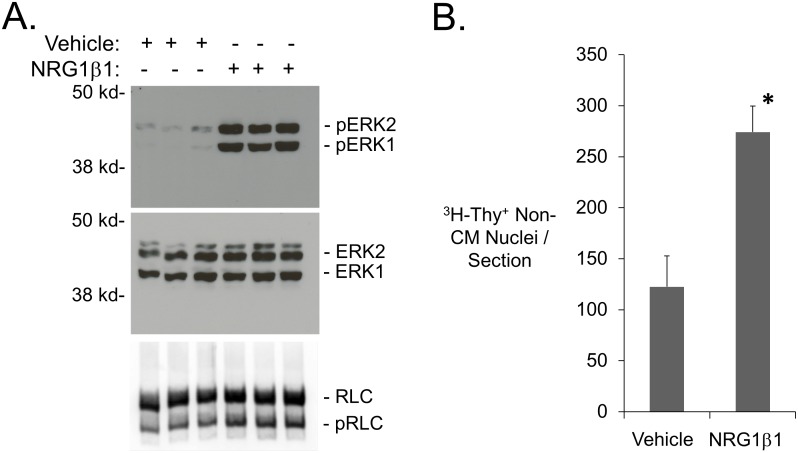Figure 2. NRG1β1 elicits biological responses in the adult mouse heart.
(A) Western blot demonstrating the levels of total Erk1/2 p42/p44, P-Erk1/2[Thr202/Thy204] and RLC in mice treated with NRG1β1 or vehicle (hearts harvested and processed 90 minutes after treatment). Densometric quantitation revealed that NRG1β1 treatment resulted in a 987% increase in the level of ERK1 phosphorylation, a 5727% increase in the level of ERK2 phosphorylation, and a 21% increase in the level of phosphorylated RLC vs. vehicle-treated mice (p<0.01, Student’s t-test). (B) Non-cardiomyocyte 3H-Thy nuclear labeling index in non-injured adult mice following 9 consecutive daily injections of NRG1β1 (5 sections analyzed from each of 4 independent mice) or vehicle (4 sections analyzed from each of 4 independent mice). *: p<0.05 vs. vehicle treated animals, Student’s t-test.

